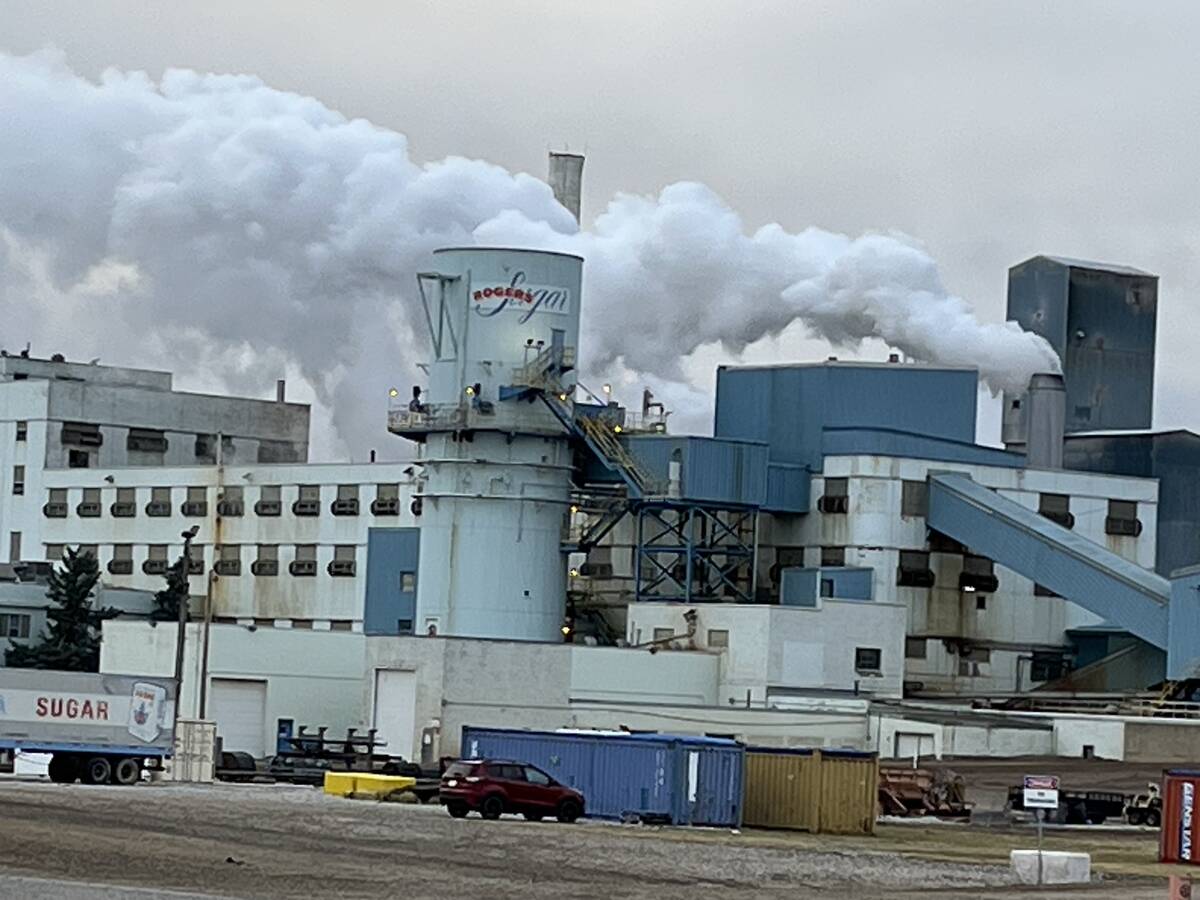I had three opportunities last year to address high school students taking Environmental Science 20 in Saskatoon.
It is a new class that somewhat replaces Biology and Chemistry 20, while Physical Science 20 somewhat replaces Physics 20 and Chemistry 20. I was asked to lecture on soil for this class, which was a great opportunity that I really enjoyed.
At the beginning of each lecture, I asked the students to write down what they considered were the greatest threats to the world’s soil.
During the talk, we discussed the fact that just slightly more than 10 percent of the world’s surface is arable. In Canada, it’s less than five percent.
Read Also

Sugar beet harvest underway in southern Alberta
Alberta Sugar Beet Growers hosts field tour to educate the public on the intricacies of the crop, its harvest process, and contracts with Lantic Sugar
We debated how soil is used and how it can be harmed. We discussed the efforts that western Canadian farmers have taken to lead the world in soil conservation and conservation tillage. We also talked about how precious organic matter is and how, over recent years, we have seen a reversal in the long-term trend of organic matter depletion.
We looked at the studies done by former Agriculture Canada researcher Guy Lafond at Indian Head, Sask., that compared native soil to soil that had been farmed with summerfallow every second year and soil that had been no-tilled for the last 25 years.
We had a conversation about how using modern conservation techniques can repair some of the damage done during previous years and talked about how, in doing this, farmers are also removing carbon dioxide from the atmosphere and storing it in their soil as organic matter.
I asked the students write down what they considered the greatest threats to the world’s soil and allowed up to three answers.
Every student’s answers contained either pesticides or fertilizers as threats to our soil. None of them responded with the correct answers, which according to the Food And Agriculture Organization are erosion, salinization and urbanization.
I wasn’t surprised by the students’ answers, but I was concerned.
What struck me most about the answers was how far away from the truth they were.
The reality is that using pesticides and fertilizers judiciously has allowed western Canadian farmers to move in the opposite direction of at least two of the three threats.
Sadly, urbanization continues to move ahead at neck breaking speed. The students talked about how most of them lived in homes built on land that was producing crops 20 years ago.
For me, the message was one of failure. Our industry has been unable to communicate with our urban neighbours about what modern agriculture is about and what is being done to make agriculture sustainable.
Even in Saskatchewan, which is the most rural jurisdiction in Canada and one of the most rural in North America, there is a critical and significant disconnect between what is being done on the farm and what is perceived as being done.
The perception is that urban residents are environmentally sound because they recycle and farmers are not because they use pesticides and fertilizers.
I know this is an over-simplification but possibly not too far from fact. This must be a call to action.
Those who work in the world’s oldest industry, farming, must talk to their urban brothers, sisters, nieces, nephews and friends about their industry and how agriculture feeds the world.
It did so in 1800 when the population reached one billion and in 1925 when the population reached two billion. It continued to feed the world in 1960 when the population topped three billion and in 1975 when the population topped four billion.
Some populations have always been undernourished, but these areas had not grown significantly, and agriculture continued to feed the world.
We reached six billion people by the turn of the century and still agriculture responded. As well, it began diverting a significant portion of its production to biofuel. We’ve now passed seven billion and there are problems of distribution but, in general, we are still feeding the world.
To put this into perspective, the world’s population has increased by three billion, which isn’t far from doubling, since I graduated from university. Technology has moved ahead, addressing issues as they have arisen. From an industry perspective, it’s a job well done.
The United Nations has designated 2015 as the year of the soil. Take the challenge and use the remaining 10 and half months to try educating the people around you about the positive story of today’s sustainable agricultural practices.














